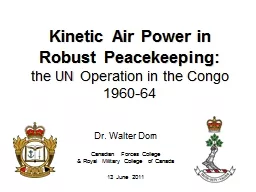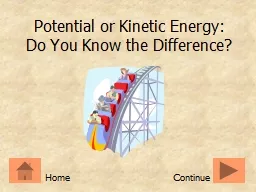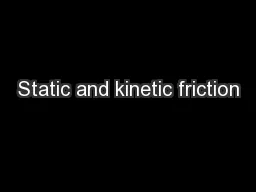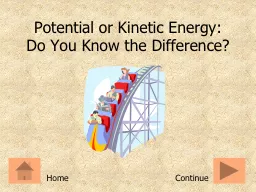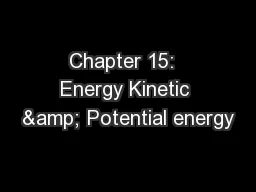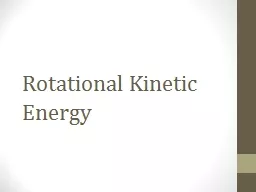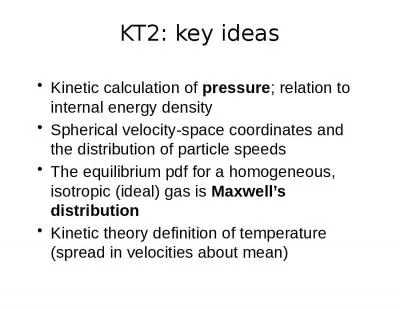PPT-Kinetic Air Power in
Author : stefany-barnette | Published Date : 2017-11-04
Robust Peacekeeping the UN Operation in the Congo 196064 Dr Walter Dorn Canadian Forces College amp Royal Military College of Canada 13 June 2011 Congo 1960 Independence
Presentation Embed Code
Download Presentation
Download Presentation The PPT/PDF document "Kinetic Air Power in" is the property of its rightful owner. Permission is granted to download and print the materials on this website for personal, non-commercial use only, and to display it on your personal computer provided you do not modify the materials and that you retain all copyright notices contained in the materials. By downloading content from our website, you accept the terms of this agreement.
Kinetic Air Power in: Transcript
Download Rules Of Document
"Kinetic Air Power in"The content belongs to its owner. You may download and print it for personal use, without modification, and keep all copyright notices. By downloading, you agree to these terms.
Related Documents

